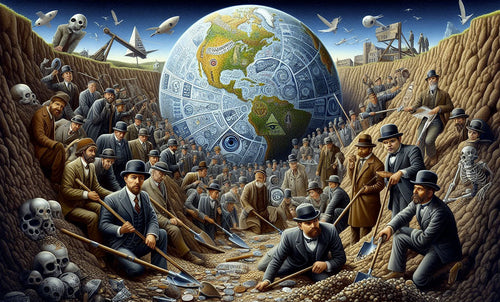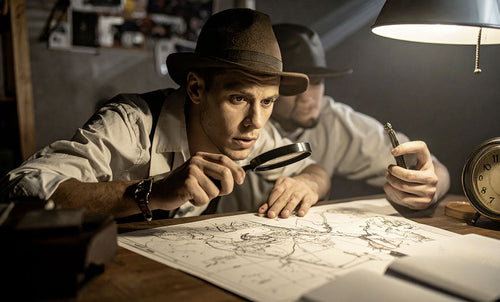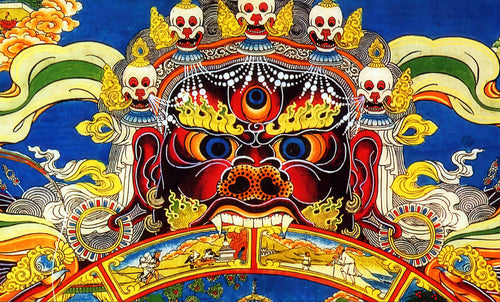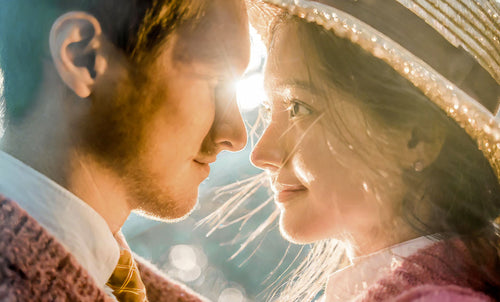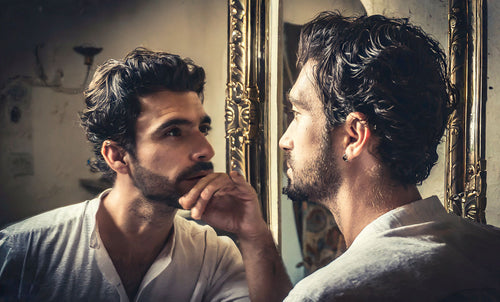
Thought and Desire. Part 4
Alessandro Rusticelli5. Conclusion
In the previous paragraphs we talked about desire as the driving force behind every creative thought. It is desire, in fact, that drives our mind to give shape to reality and to ourselves.
Both from the East and the West we are warned to treat this force as something sacred: we can rely on it to make our dreams come true, but we must be careful because it could also slip out of our hands. Desire is a self-sustaining flame, and its power can be both constructive and destructive. It is up to us to learn to direct this primordial force, a task that stands as a milestone in the path of inner growth.
What makes the difference is awareness: the ability to see clearly inside ourselves allows us to correctly direct desiring thoughts towards objectives that are useful to the individual and the community, overcoming the tendency to satisfy only the Ego.
In conclusion we could say that desire and creativity are two fundamental forces that drive humanity in its search for meaning and fulfillment. Desire, understood as the inner impulse towards something that we lack, is the engine that pushes the individual to explore and transform himself and the world. Creative thinking, on the other hand, is the ability to generate new ideas, concepts or original solutions. In many ways, desire is the fuel of creativity and creativity in turn can feed and amplify our deepest desires.
When we express ourselves creatively, in fact, we can discover new passions and goals that we didn’t even know we had. Creativity allows us to explore our inner world and give shape to our desires in unique and meaningful ways.
However, the relationship between the two can also be complex and challenging. At times, our desires may seem unattainable or in conflict with external expectations, and creativity can be tested in finding ways to fulfill those desires in authentic and satisfying ways.
To cultivate the relationship between desire and creativity, it is important to practice self-observation and open-mindedness. We must be willing to explore our passions and follow our deepest desires, even when this means leaving our comfort zone, facing seemingly insurmountable challenges, or risking not being liked by others. There is no doubt that all this requires a good dose of courage.
Ultimately, desire and creative thinking are two intrinsically connected forces that drive us to evolve; cultivating a healthy and dynamic relationship between the two can transform an ordinary life into an extraordinary experience, leading us to the full realization of our potential.
End!



